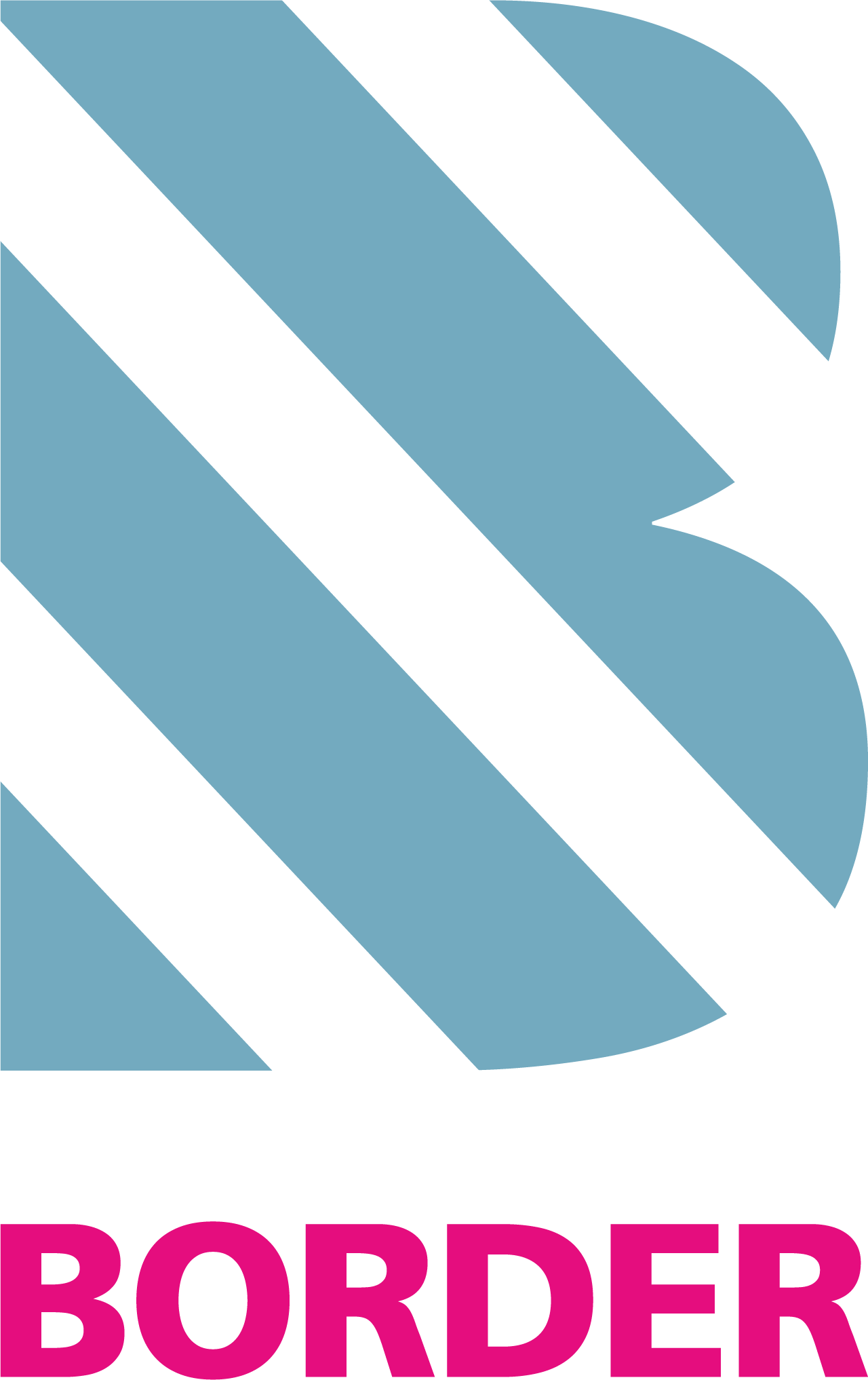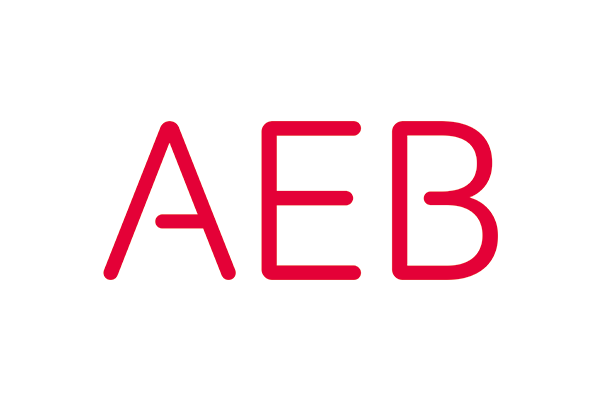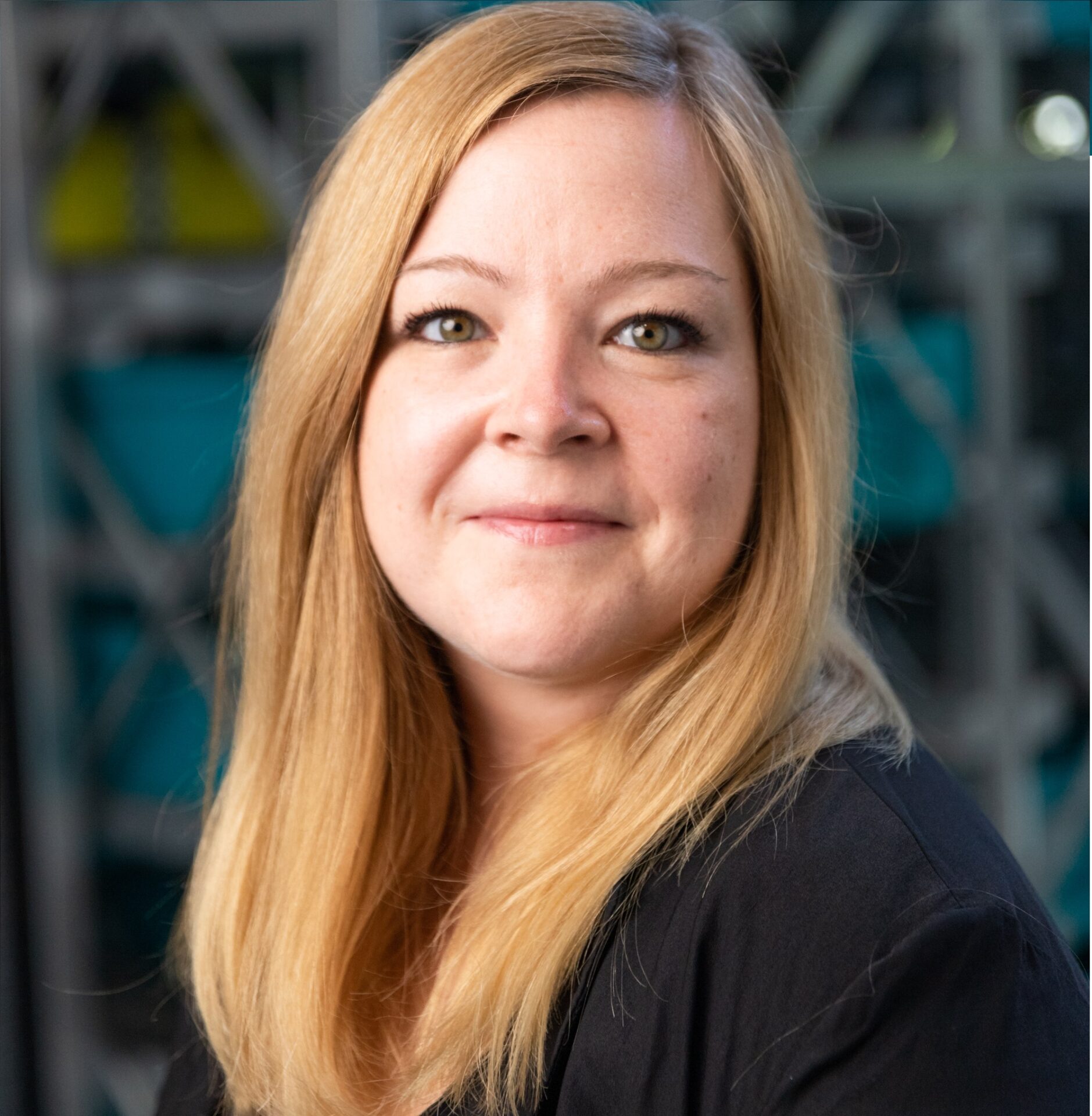
BORDER
Open Source software system for end-to-end digital customs clearance in foreign trade
Solution
Real-time
Synchronized with the physical flow of goods, the current status of the entire process can be tracked transparently.
Roles and responsibilities
Stakeholders involved, whether exporters (consignors of goods), importers (consignees of goods), logistics partners or transport companies, only see the information relevant to them.
Usability
Login with user data in the web frontend. Confirmations and documentation through scanning of a QR code (any device). Conventional editing via desktop view on laptop and computer.
In compliance with regulations
Barcode display in the predefined format for checks en route or at borders and ports with digital display of the relevant data from the export accompanying document.
No media disruptions
No need to scan, print or transfer paper-based information.
Standardized
Mapping of relevant data fields for worldwide application areas and multi-language capability.
Savings
Reduction of costs, process times, labor hours, paper consumption and CO2 emissions.
Current status
End-to-end digital processing of the export accompanying document (EAD) for exports from Germany to a non-EU third country.
If a shipment is released for export, customs transmits the EAD in digital form to the declarant. It is transferred to the BORDER software system and written on the blockchain.
Future developments
Connectivity between BORDER and third-party systems (neutral adapter for connection to customs software)
EAD-PDF-recognition (data extraction and transfer to blockchain dataset).
Software-based functionality enhancement in the area of logistics and customs processing, e.g. for the integration of the EU import process (incl. transit)
Functionality enhancement in the area of blockchain application and integration, e.g. blockchain-based handling of multiple, related documents of an export/import process in the digital folder
Linking customs and logistics processes on the blockchain side with associated financial processes using smart contracts
Securing documents via integrated hash functionalities and management in the digital folder
Open Source Community

Lived community work with AEB as a conceptual design and development partner.
Would you like to participate in open source development?
All interested parties are welcome!
You can find our WG Open Customs Blockchain Community under the umbrella of the Open Logistics Foundation. This way!
That’s how it works!
How-to: BORDER
Target group: Developers
Frameworks:
- Golang ver. 1.19 (Breaking Changes below)
- Node ver. 18.12.x.
- Yarn ver. 3.2.1
- Ignite ver. v0.25.2 via ( curl | bash)
We recommend yarn as package manager.
1
Submodule (Tokenmanager/Authorization) recursively clone and drag.
git clone -–recursive git pull -–recursive
2
Create .env file and paste startup configuration from readme.
3
Run RabbitMQ instance via a docker container.
docker run -it --rm --name rabbitmq -p 5672:5672 -p 15672:15672 rabbitmq
4
Initialize the blockchain in a new terminal.
yarn blockchain:init
Generate the typescript files.
yarn blockchain:ts-client
Run blockchain.
yarn blockchain:start
5
Install Dependencies.
yarn install
6
Start all services.
yarn all
be informed
Presentation from Feb. 21, 2023
What is BORDER? How does it work? Find all information in our slides.
Integrated modules
BORDER uses the basic components from the blockchain toolbox.
Token Manager
Storage and management of documents and corporate assets
Authorization module
Role-rights-system for controlling access, write and read permissions
Light Node Service
Interface of physical devices with the blockchain and certified transactions.
Your contact persons

Roman Koller
Fraunhofer IML
roman.koller@iml.fraunhofer.de

Lorenz Kiebler
Fraunhofer IML
lorenz.kiebler@iml.fraunhofer.de
Do you already know our newsletter?
We are happy to inform you about exciting topics, current developments and interesting events.



